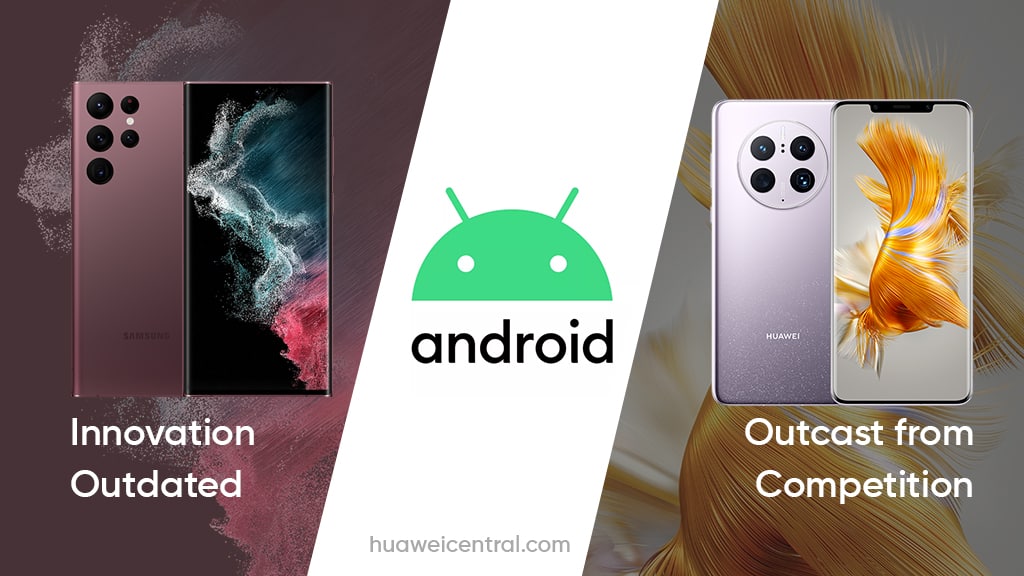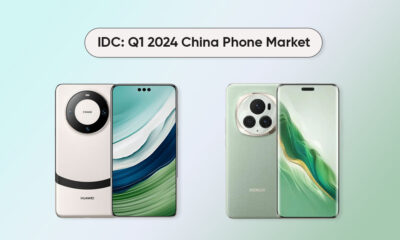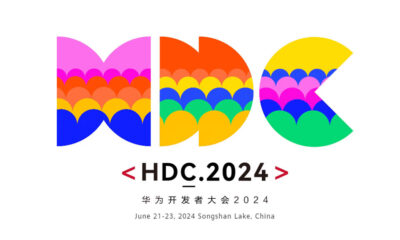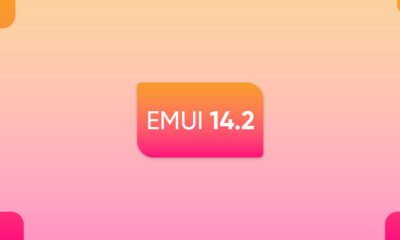News
In Huawei’s absence, Samsung is ruling over Android without innovation

When it comes to Android, there’s only one name that you can ‘currently’ take – Samsung. But it seems like Samsung has lost interest in innovation after the Huawei ban while exceeding Android updates for Galaxy devices.
Huawei was banned in 2019, and since then, the Chinese tech giant kept on losing the smartphone market due to the lack of chipsets and Google apps.
Although, the company keeps on pushing to make a comeback in its home ground but the global market is still under a big slump. The void created by Huawei is filled by various smartphone companies including Samsung, Apple, Xiaomi, Vivo, Oppo, and so on.
Pre-ban:
Before the U.S. ban, Huawei was making double-digit growth in the global smartphone market. The rocket climb growth is contributed heavily by former subsidiary – Honor.
At that time, Huawei has been mounting new heights as an Android device hub, leaving Samsung behind in the second quarter of 2020.
According to Counterpoint and Canalys smartphone shipment market share report for Q2 2020, Huawei shipped over 54.8 million devices, while Samsung shipped 54.2 million. With this figure, Huawei beat Samsung for the first time for the top rank.
Post-ban:
As the ban starts to show effect, Huawei’s smartphone sales begin to decline due to low production and sluggish sales in the absence of core Android services and Google apps.
After that, the company continue to see negative numbers in the chart, which led it out of the top 5 smartphone sellers in a consecutive year.
However, this was an ‘opportunity’ that Samsung might be looking for. The outcome of this entire scenario results in a big void of market share left by the Chinese tech maker, ready to be grabbed by Apple, Samsung, and other Chinese companies.
Android and Samsung:
Yes! Android is a domain that is not limited to Samsung because there are the likes of Xiaomi, OnePlus, Oppo, Vivo, and others. However, Android is currently showing its interest in Samsung and there’s a clear partiality that you can see that Google is doing with other phone makers.
Of course, Samsung is the market leader and the biggest natural distributor of Android and Google services. So, why not Google takes a side with Samsung?
But it’s clear that Samsung has been gifted with this first position and its current prowess is unshakable even without new innovations.
Let’s evaluate in brief:
In 2020, Samsung launched the S20 series and Note 20 series. These phones have been packed with a highlight technology of large sensor, 64MP periscope space zoom, and 108MP camera. On the other hand, Huawei was the first to launch Periscope Zoom with Huawei P30 Pro in 2019.
There was nothing unique about these Samsung devices from a design perspective whatsoever. Yet, these phones offer extra Android software support*.
Moving on, the Samsung S21 series was a design revamp in terms of the camera system. The module is now linked to the frame, which looks decent but still, the rest of the specs remains the same. In 2021, Samsung killed Note-series and introduced Foldable phones in the second half flagship slot with Galaxy Z Fold 3 and Z Flip 3.
This year, this firm launched the S22 series with the inclusion of an Ultra model that fills the shoes of the Note phone. How? The company has retained the design language of S21 and S21 Plus in the S22 and S22 Plus models.
Meanwhile, Samsung focused on S22 Ultra and made it buffy in look with lots of specifications on paper, and failure the Exynos chipset failed to impress consumers. While there were a lot of consumers that went berserk due to the bugs generated from Exyno’s side.
Furthermore, the Fold 4 and Flip 4 are almost the same devices that were shipped in 2021. Still, the one thing that Samsung has innovated is ‘more’ Android updates.
One UI and Android:
Since 2020, Samsung and Android have increased their collaboration and partnership. This has bent Android further towards Samsung.
Earlier this year, Samsung confirmed to offer 4 years of Android (major) and 5 years of security updates. To an extent, this is even more than Google’s own Pixel devices.
Out of the numbers, Samsung’s Android-based software – One UI is going without major changes. There are no new improvements in One UI after Android 10. We are talking about Animations, speed, fluency, battery consumption, user interface, and every aspect you could imagine.
Even if we could call it a copy or stealing, Apple has its own way to get features out of Android and master it with new innovations such as Dynamic Island, which is something unique even though it’s inspired by Android.
Even with the latest – One UI 5.0, Samsung kept that One UI as it was with One UI 4.1, which is insane as it looks.
EMUI and HarmonyOS:
Post ban, Huawei jumped into the research lab, and launched HarmonyOS in 2019, the company introduced P30 and Mate 20 series in the same year. Both have different design and comes with immense software and hardware capabilities such as Kirin 980.
These phones made a remarkable impact in the global market and earned the best-rated phones of the year.
Even under the ban and out of GMS, Huawei launched the P40 series and Mate 40 series. These two phones don’t pack with Android services but they are the beast on their own and the design of these two flagships is beyond in comparison to Samsung Galaxy S21 and Note 20 Ultra.
Want to talk about foldable? Yes, Huawei also has different kinds of foldable, even more than Samsung including inward, outward, and flip too.
In the shadow of the ban and not having 5G, Huawei also launched massive devices – P50 and Mate 50 series that have truly innovative features in both cameras, software, and design aspects.
The difference in action came after the introduction of HarmonyOS 2 for smartphones. In 2021 alone, Huawei upgraded over 200 million devices on HarmonyOS, these includes over 100 models and it’s one of the biggest major software update rollout in the world.
That’s not it, Huawei went to two-step ahead and filled HarmonyOS with lots of new features that are way ahead of Android and even iOS. These include App snippets, new widgets, large folders, and the almighty ‘Super Device’.
Do you want to know about innovation?
Huawei has made the HarmonyOS so much compatible that it could even run on a 128kb of the memory device. You can imagine the possibility and the compatibility it brings for consumers.
Do you think we’ll go to stop it right here? NOPE!
With the introduction of EMUI 12, Huawei brought in the HarmonyOS user interface and installed it among the global Huawei smartphone users. The result looks way better than the last generation of EMUI and the oldest phones – Mate 10 and P20 series also got to install this new software.
Despite its unknown Android base, Huawei still applies new software tactics for outdated phones better than Samsung.
A few words:
For over a decade, Samsung has achieved a lot and it is praisable but in the recent 2 years, Samsung has become just a nutshell that lacks new features or innovations. While Samsung to become a second-hand iPhone in the absence of competition from Huawei, supported by the buddy Google for unlimited Android access.






